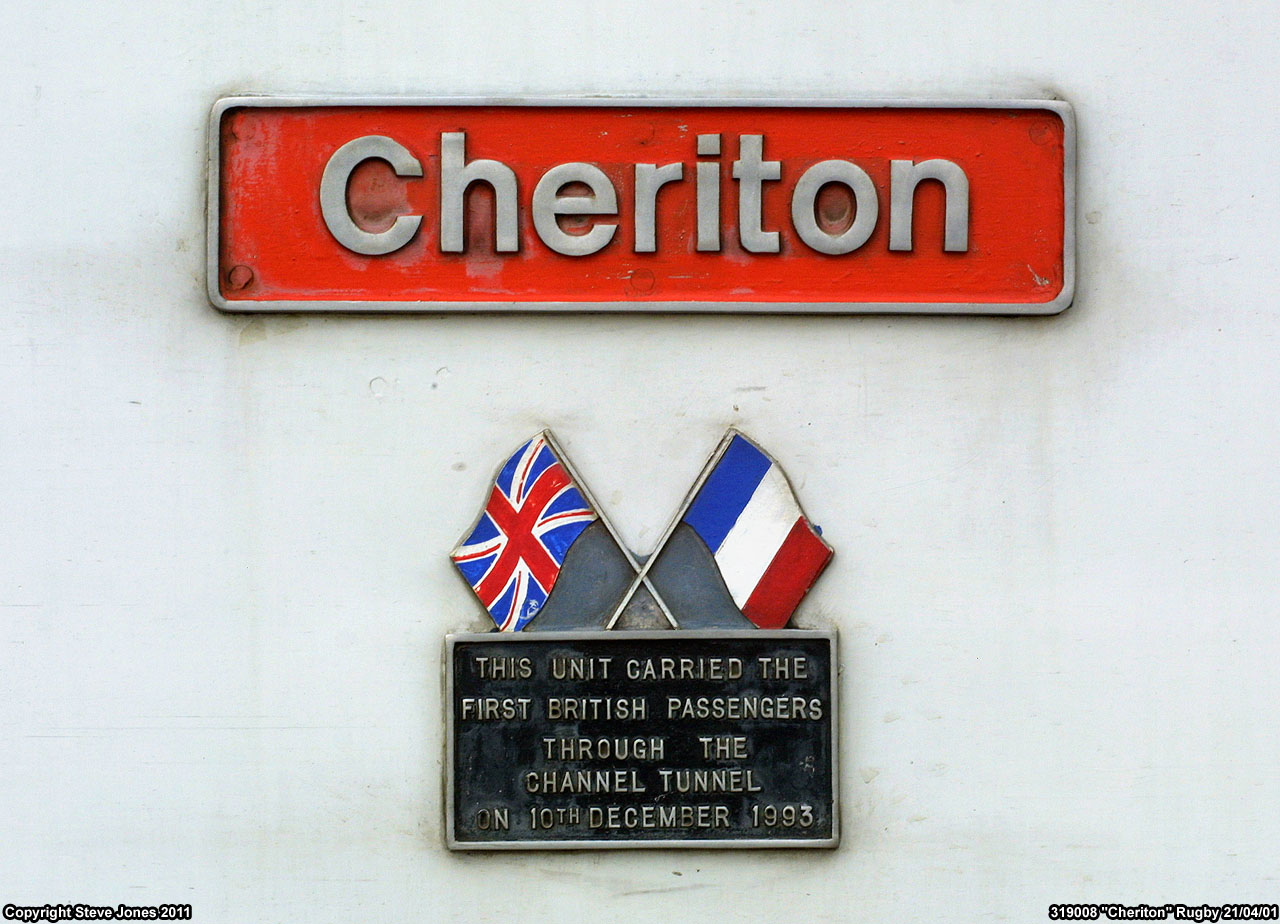Loading map...
{"minzoom":false,"maxzoom":false,"mappingservice":"leaflet","width":"auto","height":"600px","centre":{"text":"","title":"","link":"","lat":51.01667,"lon":1.45,"icon":""},"title":"","label":"","icon":"","lines":[],"polygons":[],"circles":[],"rectangles":[],"copycoords":false,"static":false,"zoom":false,"defzoom":14,"layers":["OpenStreetMap","Esri.WorldImagery"],"image layers":[],"overlays":[],"resizable":false,"fullscreen":true,"scrollwheelzoom":true,"cluster":false,"clustermaxzoom":20,"clusterzoomonclick":true,"clustermaxradius":1,"clusterspiderfy":true,"geojson":"","clicktarget":"","imageLayers":[],"locations":[{"text":"\u003Cb\u003E\u003Cdiv class=\"mw-parser-output\"\u003E\u003Cp\u003E\u003Ca href=\"/Q950970\" title=\"Q950970\"\u003EDover Castle\u003C/a\u003E\u003C/b\u003E\u003Cdiv class=\"mw-parser-output\"\u003E\u003Cp\u003E1179 history museum, fort, archaeological site, bunker, castle, \u003Ca rel=\"nofollow\" class=\"external text\" href=\"https://www.tripadvisor.com/189202\"\u003Etripadvisor\u003C/a\u003E\n\u003C/p\u003E\u003C/div\u003E","title":"Dover Castle@1179 history museum, fort, archaeological site, bunker, castle, tripadvisor\n","link":"","lat":51.128268,"lon":1.3235035,"icon":"/images/d/d7/Tm_bunker.png"},{"text":"\u003Cb\u003E\u003Cdiv class=\"mw-parser-output\"\u003E\u003Cp\u003E\u003Ca href=\"/Q20711474\" title=\"Q20711474\"\u003EFan Bay Deep Shelter\u003C/a\u003E\u003C/b\u003E\u003Cdiv class=\"mw-parser-output\"\u003E\u003Cp\u003E1941 artillery battery, bunker, \u003Ca rel=\"nofollow\" class=\"external text\" href=\"https://www.tripadvisor.com/8555757\"\u003Etripadvisor\u003C/a\u003E\n\u003C/p\u003E\u003C/div\u003E","title":"Fan Bay Deep Shelter@1941 artillery battery, bunker, tripadvisor\n","link":"","lat":51.136156,"lon":1.361058,"icon":"/images/d/d7/Tm_bunker.png"},{"text":"\u003Cb\u003E\u003Cdiv class=\"mw-parser-output\"\u003E\u003Cp\u003E\u003Ca href=\"/Q124805083\" title=\"Q124805083\"\u003EWinchelsea Caves\u003C/a\u003E\u003C/b\u003E\u003Cdiv class=\"mw-parser-output\"\u003E\u003Cp\u003Eunderground limestone mine, air-raid shelter\n\u003C/p\u003E\u003C/div\u003E","title":"Winchelsea Caves@ underground limestone mine, air-raid shelter\n","link":"","lat":51.125747,"lon":1.29914,"icon":"/images/6/6e/M_bunker.png"},{"text":"\u003Cb\u003E\u003Cdiv class=\"mw-parser-output\"\u003E\u003Cp\u003E\u003Ca href=\"/index.php?title=Q123419511\u0026amp;action=edit\u0026amp;redlink=1\" class=\"new\" title=\"Q123419511 (page does not exist)\"\u003ENotre-Dame des Flots du Cran Poulet\u003C/a\u003E\u003C/b\u003E\u003Cdiv class=\"mw-parser-output\"\u003E\u003Cp\u003ELourdes grotto\n\u003C/p\u003E\u003C/div\u003E","title":"Notre-Dame des Flots du Cran Poulet@ Lourdes grotto\n","link":"","lat":50.84383507,"lon":1.585041285,"icon":"/images/4/48/M_cave.png"},{"text":"\u003Cb\u003E\u003Cdiv class=\"mw-parser-output\"\u003E\u003Cp\u003E\u003Ca href=\"/Q24662442\" title=\"Q24662442\"\u003ESnowdown Colliery\u003C/a\u003E\u003C/b\u003E\u003Cdiv class=\"mw-parser-output\"\u003E\u003Cp\u003Ecoal mine\n\u003C/p\u003E\u003C/div\u003E","title":"Snowdown Colliery@ coal mine\n","link":"","lat":51.21385,"lon":1.21789,"icon":"/images/a/ab/M_mine.png"},{"text":"\u003Cb\u003E\u003Cdiv class=\"mw-parser-output\"\u003E\u003Cp\u003E\u003Ca href=\"/Q24662452\" title=\"Q24662452\"\u003ETilmanstone Colliery\u003C/a\u003E\u003C/b\u003E\u003Cdiv class=\"mw-parser-output\"\u003E\u003Cp\u003Ecoal mine\n\u003C/p\u003E\u003C/div\u003E","title":"Tilmanstone Colliery@ coal mine\n","link":"","lat":51.21022,"lon":1.2721,"icon":"/images/a/ab/M_mine.png"},{"text":"\u003Cb\u003E\u003Cdiv class=\"mw-parser-output\"\u003E\u003Cp\u003E\u003Ca href=\"/Q113452530\" title=\"Q113452530\"\u003EKent Mining Museum\u003C/a\u003E\u003C/b\u003E\u003Cdiv class=\"mw-parser-output\"\u003E\u003Cp\u003E2022 mining museum, \u003Ca rel=\"nofollow\" class=\"external text\" href=\"https://www.tripadvisor.com/23978188\"\u003Etripadvisor\u003C/a\u003E\n\u003C/p\u003E\u003C/div\u003E","title":"Kent Mining Museum@2022 mining museum, tripadvisor\n","link":"","lat":51.236554,"lon":1.368993,"icon":"/images/f/f6/Tm_museum.png"},{"text":"\u003Cb\u003E\u003Cdiv class=\"mw-parser-output\"\u003E\u003Cp\u003E\u003Ca href=\"/Q116702161\" title=\"Q116702161\"\u003EAbbotscliff Tunnel\u003C/a\u003E\u003C/b\u003E\u003Cdiv class=\"mw-parser-output\"\u003E\u003Cp\u003Erailway tunnel\n\u003C/p\u003E\u003C/div\u003E","title":"Abbotscliff Tunnel@ railway tunnel\n","link":"","lat":51.1020955,"lon":1.2490535,"icon":"/images/0/04/M_tunnel.png"},{"text":"\u003Cb\u003E\u003Cdiv class=\"mw-parser-output\"\u003E\u003Cp\u003E\u003Ca class=\"mw-selflink selflink\"\u003EChannel Tunnel\u003C/a\u003E\u003C/b\u003E\u003Cdiv class=\"mw-parser-output\"\u003E\u003Cp\u003E1994 international tunnel, undersea tunnel, railway tunnel\n\u003C/p\u003E\u003C/div\u003E","title":"Channel Tunnel@1994 international tunnel, undersea tunnel, railway tunnel\n","link":"","lat":51.01667,"lon":1.45,"icon":"/images/d/d2/Red-marker.png"},{"text":"\u003Cb\u003E\u003Cdiv class=\"mw-parser-output\"\u003E\u003Cp\u003E\u003Ca href=\"/Q116706633\" title=\"Q116706633\"\u003EDover Harbour Tunnel\u003C/a\u003E\u003C/b\u003E\u003Cdiv class=\"mw-parser-output\"\u003E\u003Cp\u003Erailway tunnel\n\u003C/p\u003E\u003C/div\u003E","title":"Dover Harbour Tunnel@ railway tunnel\n","link":"","lat":51.1219611,"lon":1.3066098,"icon":"/images/0/04/M_tunnel.png"},{"text":"\u003Cb\u003E\u003Cdiv class=\"mw-parser-output\"\u003E\u003Cp\u003E\u003Ca href=\"/Q116704544\" title=\"Q116704544\"\u003ELydden Tunnel\u003C/a\u003E\u003C/b\u003E\u003Cdiv class=\"mw-parser-output\"\u003E\u003Cp\u003Erailway tunnel\n\u003C/p\u003E\u003C/div\u003E","title":"Lydden Tunnel@ railway tunnel\n","link":"","lat":51.1783517,"lon":1.2347999,"icon":"/images/0/04/M_tunnel.png"},{"text":"\u003Cb\u003E\u003Cdiv class=\"mw-parser-output\"\u003E\u003Cp\u003E\u003Ca href=\"/Q116706048\" title=\"Q116706048\"\u003EPriory Tunnel\u003C/a\u003E\u003C/b\u003E\u003Cdiv class=\"mw-parser-output\"\u003E\u003Cp\u003Erailway tunnel\n\u003C/p\u003E\u003C/div\u003E","title":"Priory Tunnel@ railway tunnel\n","link":"","lat":51.1281085,"lon":1.3040774,"icon":"/images/0/04/M_tunnel.png"},{"text":"\u003Cb\u003E\u003Cdiv class=\"mw-parser-output\"\u003E\u003Cp\u003E\u003Ca href=\"/Q116702202\" title=\"Q116702202\"\u003EShakespeare Cliff Tunnel\u003C/a\u003E\u003C/b\u003E\u003Cdiv class=\"mw-parser-output\"\u003E\u003Cp\u003Erailway tunnel\n\u003C/p\u003E\u003C/div\u003E","title":"Shakespeare Cliff Tunnel@ railway tunnel\n","link":"","lat":51.1104114,"lon":1.2890153,"icon":"/images/0/04/M_tunnel.png"}],"imageoverlays":null}











